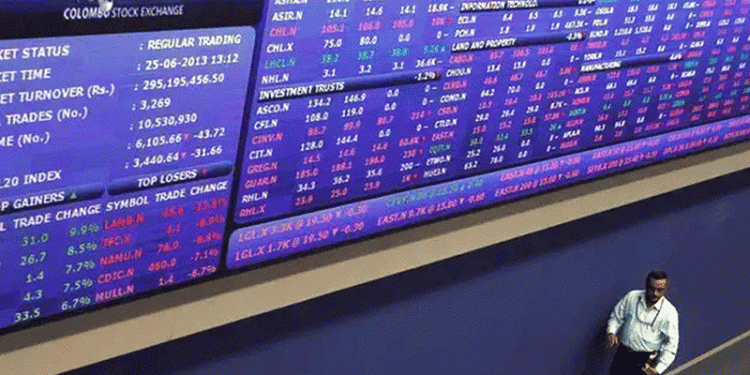By Karen Braun
CHICAGO (Reuters) – When the Chicago Board of Trade closed for business on Monday, November soybean futures ended up 24 cents on the day, and nearly 80 cents off the contract’s all-time low from a month earlier.
But last week, the U.S. Department of Agriculture raised domestic soybean ending stocks for the 2018-19 marketing year to an eye-popping 885 million bushels, more than double the previous year’s inventory and 54 percent larger than the record high. (https://tmsnrt.rs/2J2Ci2s)
The United States remains locked in a trade dispute with its top soybean buyer, China, which has been painfully absent from the U.S. market as peak export season begins. The expectation of a record U.S. harvest is not helping matters either, as supply looks set to significantly outpace use.
The lopsided balance sheet would immediately cause one to wonder how soybean futures can possibly rally at all when stockpiles continue expanding to highs never before imaginable.
The composition of the futures market may provide some clarity, as might a comparison with several aspects of the similar 2014 season. Speculative investors have been covering short positions in CBOT futures as farmers hang on to their beans, unhappy with the prices.
CBOT soybean futures eased 6-3/4 cents in Tuesday’s session, but the settle of $8.84-3/4 a bushel was still the second-highest in nearly two months, behind Monday.
SETTING THE STAGE
By late summer of 2014, it was clear that the impending U.S. soybean harvest would reach epic proportions with landslide record yields and all-time high plantings.
In October 2014, USDA projected domestic 2014-15 soybean ending stocks at 450 million bushels, almost five times that of the previous year’s 92 million, which had been the lowest carryout in several decades.
But cool, wet weather that month did not allow harvest to progress quickly. By Oct. 19, 2014, some 53 percent of the national soybean crop had been cut, compared with a five-year average of 66 percent.
Some of these occurrences may sound awfully familiar. This year’s soybean crop is predicted to rise 6 percent over last year’s record, and the resulting carryout is predicted to be massive.
As of Oct. 14, only 38 percent of U.S. soybeans had been harvested, well behind the average of 53 percent due to the recent excessive rainfall across much of the central United States. (https://tmsnrt.rs/2IY54kF)
November soybeans closed at $9.66-1/2 a bushel on Oct. 16, 2014, comfortably above Tuesday’s close. But that followed a fall from grace a few months earlier that was every bit as dramatic as this year’s plunge.
November soybeans peaked at $12.79 a bushel in late May 2014 before plummeting 29 percent by the end of September. The elevated futures streak of the previous four years – sometimes coined “beans in the teens” – had officially ended.
This year, November beans topped out at $10.60-1/2 in late May, but then dropped by a steep 21 percent over the next seven weeks. On Sept. 18, the most-active contract hit a near 10-year low of $8.12-1/4 a bushel.
A fair amount of this year’s nosedive, both in magnitude and timing, had to do with the extreme threat to overseas demand for the U.S. oilseed because of the mounting U.S.-China trade war.
But in terms of the market structure, there are some key similarities between 2014 and 2018.
OUT OF SELLERS
According to the latest data from the U.S. Commodity Futures Trading Commission, hedge funds and other money managers held a net short position in CBOT soybean futures and options through Oct. 9 of 41,401 contracts, just about the least bearish stance since late June.
However, trade estimates peg commodity funds to have covered about 17,000 shorts on the net through Tuesday, with emphasis on Monday’s high volume.
The managed money net soybean short bottomed out in 2014 at 39,786 futures and options contracts on Sept. 9. By late October 2014, funds had established a net long in soybeans for the rest of the calendar year, despite an expected quintupling in supply. (https://tmsnrt.rs/2OquDAY)
The quintupling never happened, though, as final 2014-15 U.S. ending stocks landed at 191 million bushels, substantially lower than earlier predictions due to an underestimation in demand.
But it was all about expectations at the time, and as with today, funds were covering shorts in late 2014 amid ballooning supply. Also, farmers were probably not so keen four years ago on the significantly lower soybean prices than in previous years.
Low cash prices have not turned U.S. farmers into eager sellers this year either, and this is evident by the producer positioning in the soybean market. Through Oct. 9, producers held a net short of 32,524 CBOT soybean futures and options contracts. (https://tmsnrt.rs/2OwhMgz)
At the same point in all previous years since 2007, the producer net short ranged from around 90,000 contracts (2017) to over 300,000 (2010). The exception was in 2014 when producers held a rare net long of 62,751 soybean contracts as of Oct. 7.
With the lack of sellers in the futures market, it is possible that investors continue to cover short positions for the next couple of weeks or months, even if at a slow pace, assuming no changes in the current trade situation with China. The lethargic harvest progress has only added to this phenomenon.
Drier, sunnier weather expected across most U.S. soybean growing areas for at least the next 10 days should drain moisture from fields and facilitate rapid harvest progress by the weekend. This means that product should soon start flooding the market at a much faster pace and even if prices do not improve, some farmers could be forced to sell as storage space tightens across the country.
(The opinions expressed here are those of the author, a market analyst for Reuters.)
Source: Investing.com


























